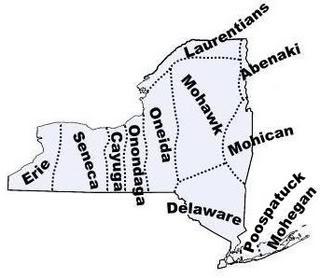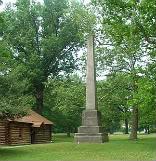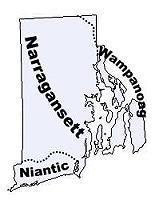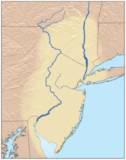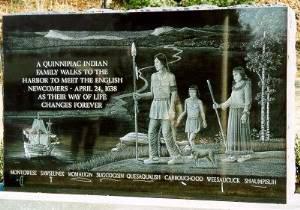Native Americans of New York Image: Tribal Territories in New York The Abenaki Abenaki is actually a geographical and linguistic (rather than political) grouping. Before contact with Europeans, individual tribes were the usual level of political organization. Occasionally, several tribes would unite under a powerful sachem (chief) for purposes of war, but the Abenaki were noteworthy for their general lack of central authority. Even at the tribal level, the authority of their sachems was limited, and important decisions, such as war and peace, usually required a meeting of all adults. In many ways, the lack of a central government served the Abenaki well. In times of war, they could abandon their villages, separate into small bands, and regroup in a…
